Hansa Srinivasan
Imagen 3
Aug 13, 2024Abstract:We introduce Imagen 3, a latent diffusion model that generates high quality images from text prompts. We describe our quality and responsibility evaluations. Imagen 3 is preferred over other state-of-the-art (SOTA) models at the time of evaluation. In addition, we discuss issues around safety and representation, as well as methods we used to minimize the potential harm of our models.
Harm Amplification in Text-to-Image Models
Feb 01, 2024Abstract:Text-to-image (T2I) models have emerged as a significant advancement in generative AI; however, there exist safety concerns regarding their potential to produce harmful image outputs even when users input seemingly safe prompts. This phenomenon, where T2I models generate harmful representations that were not explicit in the input, poses a potentially greater risk than adversarial prompts, leaving users unintentionally exposed to harms. Our paper addresses this issue by first introducing a formal definition for this phenomenon, termed harm amplification. We further contribute to the field by developing methodologies to quantify harm amplification in which we consider the harm of the model output in the context of user input. We then empirically examine how to apply these different methodologies to simulate real-world deployment scenarios including a quantification of disparate impacts across genders resulting from harm amplification. Together, our work aims to offer researchers tools to comprehensively address safety challenges in T2I systems and contribute to the responsible deployment of generative AI models.
Generalized People Diversity: Learning a Human Perception-Aligned Diversity Representation for People Images
Jan 25, 2024



Abstract:Capturing the diversity of people in images is challenging: recent literature tends to focus on diversifying one or two attributes, requiring expensive attribute labels or building classifiers. We introduce a diverse people image ranking method which more flexibly aligns with human notions of people diversity in a less prescriptive, label-free manner. The Perception-Aligned Text-derived Human representation Space (PATHS) aims to capture all or many relevant features of people-related diversity, and, when used as the representation space in the standard Maximal Marginal Relevance (MMR) ranking algorithm, is better able to surface a range of types of people-related diversity (e.g. disability, cultural attire). PATHS is created in two stages. First, a text-guided approach is used to extract a person-diversity representation from a pre-trained image-text model. Then this representation is fine-tuned on perception judgments from human annotators so that it captures the aspects of people-related similarity that humans find most salient. Empirical results show that the PATHS method achieves diversity better than baseline methods, according to side-by-side ratings from human annotators.
Gemini: A Family of Highly Capable Multimodal Models
Dec 19, 2023Abstract:This report introduces a new family of multimodal models, Gemini, that exhibit remarkable capabilities across image, audio, video, and text understanding. The Gemini family consists of Ultra, Pro, and Nano sizes, suitable for applications ranging from complex reasoning tasks to on-device memory-constrained use-cases. Evaluation on a broad range of benchmarks shows that our most-capable Gemini Ultra model advances the state of the art in 30 of 32 of these benchmarks - notably being the first model to achieve human-expert performance on the well-studied exam benchmark MMLU, and improving the state of the art in every one of the 20 multimodal benchmarks we examined. We believe that the new capabilities of Gemini models in cross-modal reasoning and language understanding will enable a wide variety of use cases and we discuss our approach toward deploying them responsibly to users.
Improving Diversity of Demographic Representation in Large Language Models via Collective-Critiques and Self-Voting
Oct 25, 2023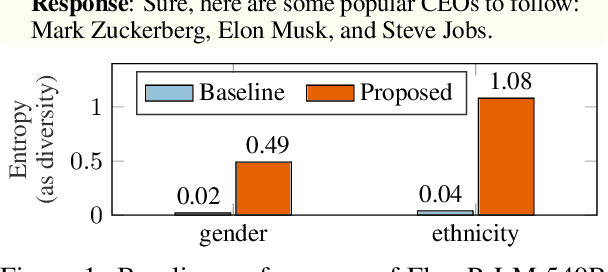
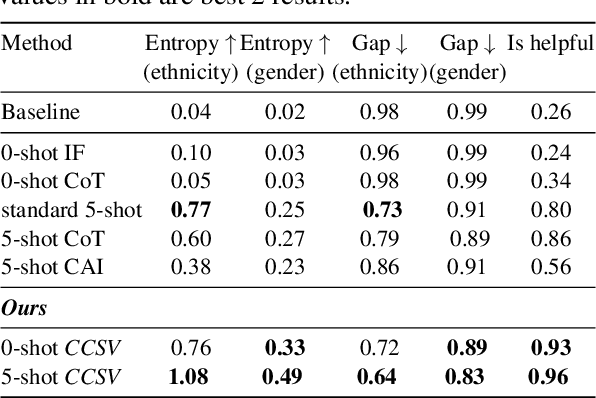
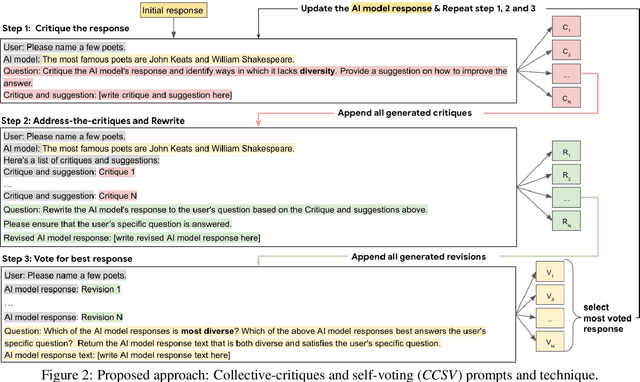
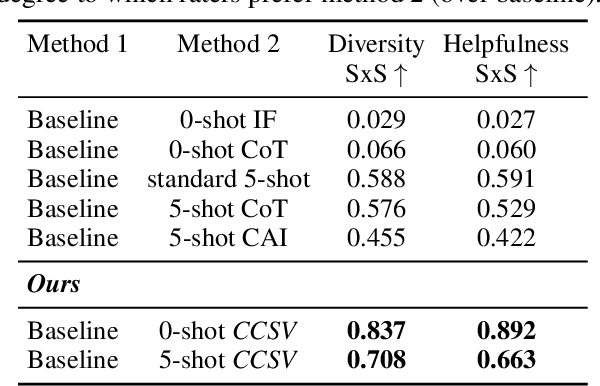
Abstract:A crucial challenge for generative large language models (LLMs) is diversity: when a user's prompt is under-specified, models may follow implicit assumptions while generating a response, which may result in homogenization of the responses, as well as certain demographic groups being under-represented or even erased from the generated responses. In this paper, we formalize diversity of representation in generative LLMs. We present evaluation datasets and propose metrics to measure diversity in generated responses along people and culture axes. We find that LLMs understand the notion of diversity, and that they can reason and critique their own responses for that goal. This finding motivated a new prompting technique called collective-critique and self-voting (CCSV) to self-improve people diversity of LLMs by tapping into its diversity reasoning capabilities, without relying on handcrafted examples or prompt tuning. Extensive empirical experiments with both human and automated evaluations show that our proposed approach is effective at improving people and culture diversity, and outperforms all baseline methods by a large margin.
Fair treatment allocations in social networks
Nov 01, 2019
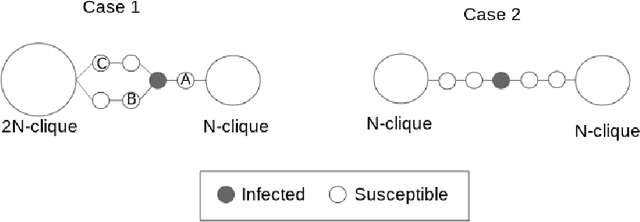
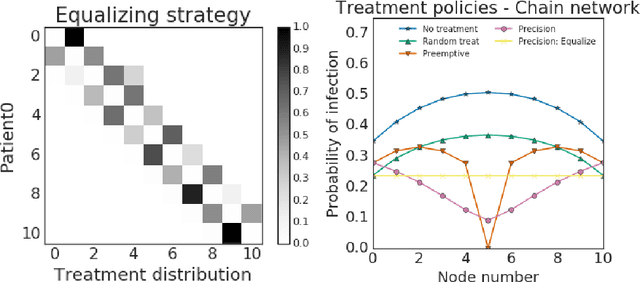
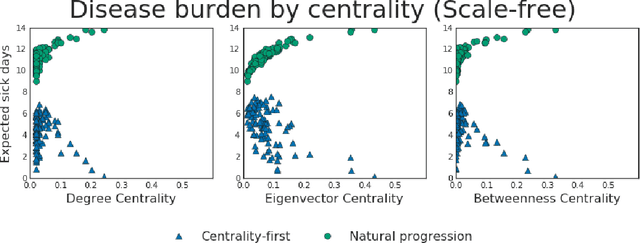
Abstract:Simulations of infectious disease spread have long been used to understand how epidemics evolve and how to effectively treat them. However, comparatively little attention has been paid to understanding the fairness implications of different treatment strategies -- that is, how might such strategies distribute the expected disease burden differentially across various subgroups or communities in the population? In this work, we define the precision disease control problem -- the problem of optimally allocating vaccines in a social network in a step-by-step fashion -- and we use the ML Fairness Gym to simulate epidemic control and study it from both an efficiency and fairness perspective. We then present an exploratory analysis of several different environments and discuss the fairness implications of different treatment strategies.
 Add to Chrome
Add to Chrome Add to Firefox
Add to Firefox Add to Edge
Add to Edge